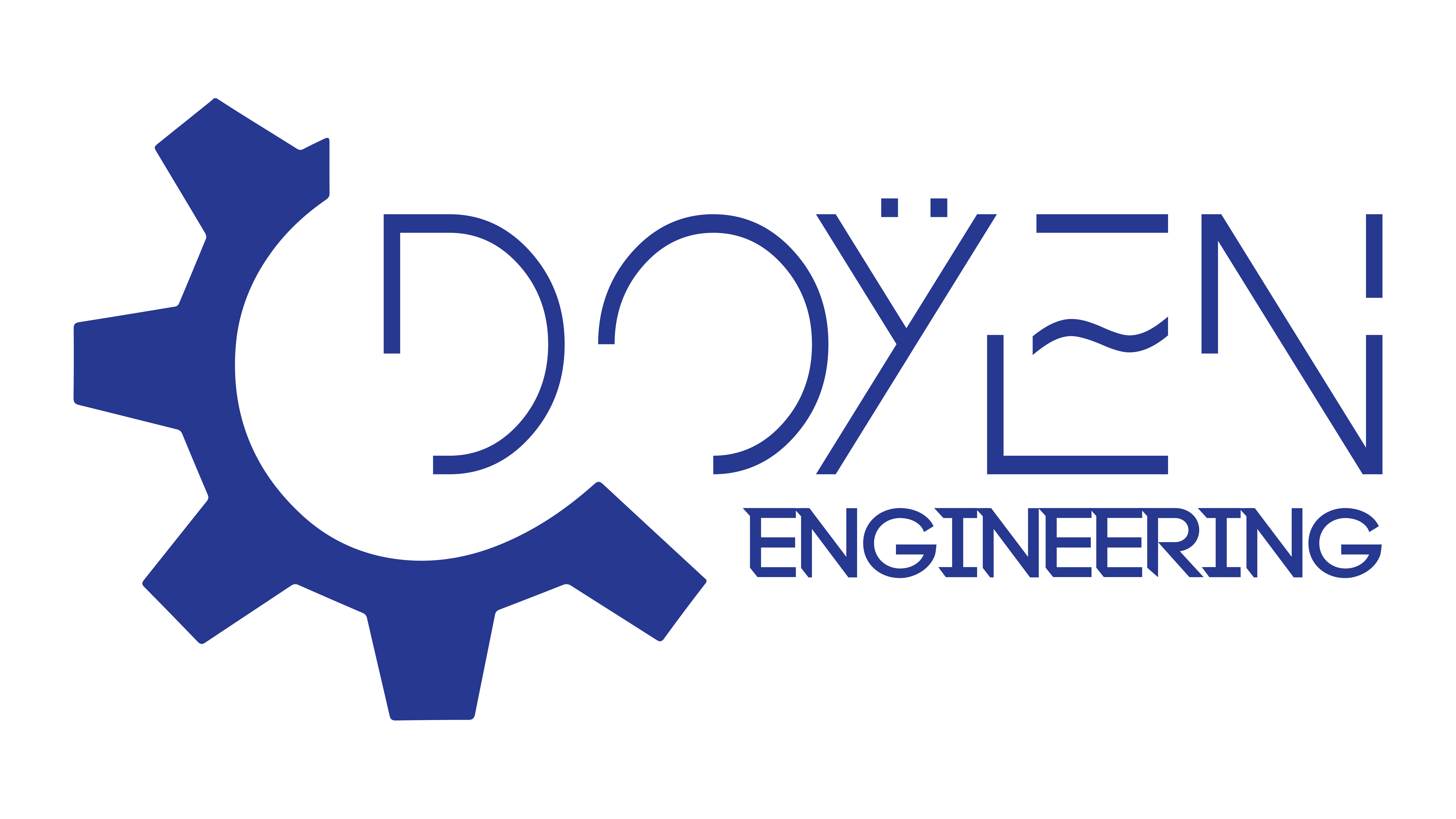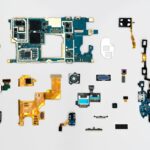
Introduction
Importance of a Well-Crafted Resume
In today’s competitive job market, a well-crafted resume is essential. It serves as your first impression and a powerful marketing tool. Employers often skim through resumes, so clarity and impactful content can make all the difference. A polished resume not only showcases your skills but also highlights your attention to detail.
- Key Benefits of a Strong Resume:
- Captures attention quickly
- Instills confidence in your abilities
- Helps you stand out from a sea of candidates
Overview of Electrical Engineering Resume Writing
Writing a resume for an electrical engineering position has its nuances. The field demands precision and clear information, reflecting both technical skills and practical experience. To effectively communicate your qualifications, consider:
- Tailoring the document to highlight relevant experience
- Showcasing your familiarity with industry-standard tools and technologies
- Emphasizing projects that demonstrate your capabilities
Understanding the specific expectations in electrical engineering will set you apart, ensuring you present a compelling case to potential employers.
Tailoring Your Resume for Electrical Engineering
Highlighting Relevant Skills
Once you've established the foundation of your resume, it's time to tailor it for the electrical engineering field. Your relevant skills are crucial in demonstrating to employers that you can meet their needs.
- Key Skills to Highlight:
- Circuit design and analysis
- Embedded systems
- Control systems
- Familiarity with software like AutoCAD and MATLAB
Think about real-life instances where you utilized these skills. For instance, if you developed a circuit for a university project, briefly explain the project's outcomes and impact. This makes your skills tangible and relatable.
Showcasing Technical Proficiencies
Equally important is showcasing your technical proficiencies. Employers want to see not just a list of skills but also how you’ve applied them in practical situations. Consider including:
- Software Proficiencies:
- Proficient in simulation tools (e.g., Simulink)
- Experienced with programming languages (e.g., C, Python)
- Hardware Competencies:
- Familiar with PCB design and prototyping
- Knowledge of microcontrollers and programmable logic devices
Integrate specific examples or projects where these proficiencies led to measurable results. For example, “Designed a microcontroller-based system that improved data logging efficiency by 30%.” This approach paints a vivid picture of your expertise and makes it more appealing to potential employers.
Structuring Your Electrical Engineering Resume
Choosing the Right Format
Now that your skills and technical proficiencies are front and center, the next step is to structure your resume effectively. The format you choose plays a crucial role in how your information is perceived.
- Popular Resume Formats:
- Chronological: Best for showcasing a solid work history with clear progression.
- Functional: Ideal if you’re changing careers or have gaps in your employment. This format emphasizes skills over job titles.
- Combination: Merges elements of both chronological and functional, highlighting skills while providing a timeline of experience.
Think about what format best suits your career narrative. For instance, a recent graduate might prefer a functional resume that highlights relevant projects and internships.
Organizing Sections Effectively
Once you've selected the format, it's essential to organize sections in a way that flows logically and highlights your strengths.
- Suggested Section Order:
- Contact Information
- Summary or Objective Statement
- Skills
- Technical Proficiencies
- Education
- Projects and Internships
- Work Experience
- Certifications
Consider using bold headings and bullet points to break down each section, making it more eye-catching and easier to read. When I crafted my resume, I found that clearly defining each area helped potential employers quickly access the information they cared about most—making them more likely to reach out for an interview. Ensuring your resume is easy to navigate can greatly enhance your chances of landing that crucial first meeting.
Writing Compelling Resume Bullet Points
Quantifying Achievements
After structuring your resume, it’s time to focus on making your bullet points pop. A great way to do that is by quantifying your achievements. Numbers add credibility and context, allowing potential employers to see the impact of your work.
- Examples of Quantifiable Achievements:
- “Improved circuit efficiency by 25%, resulting in a cost reduction of $5,000 annually.”
- “Led a team of 5 engineers to complete a project 2 weeks ahead of schedule.”
When applying for your first job, I often felt that simply listing tasks wasn’t compelling enough. For instance, rather than saying I “assisted in designing circuits,” I highlighted how my contributions increased efficiency. This approach transformed my resume into a powerful narrative of success.
Using Action Verbs for Impact
In addition to quantifying your achievements, using strong action verbs can significantly enhance the impact of your bullet points. Action verbs convey clarity and dynamism, making your accomplishments more compelling.
- Powerful Action Verbs:
- Developed
- Designed
- Implemented
- Optimized
- Led
- Analyzed
When I applied for my current position, I made a point to begin each bullet with an action verb. For example, instead of saying, “Responsible for testing designs,” I wrote, “Conducted rigorous testing on designs, resulting in 15% less downtime.” This shift not only streamlined my language but also showcased a proactive approach, leaving a stronger impression on hiring managers. By effectively quantifying achievements and utilizing potent action verbs, you can create bullet points that truly resonate.

Incorporating Projects and Internships
Showcasing Hands-On Experience
As you refine your resume, don’t overlook the importance of incorporating relevant projects and internships. These experiences are invaluable in demonstrating hands-on skills, especially in a technical field like electrical engineering.
- What to Include:
- Academic projects
- Internships (whether paid or unpaid)
- Relevant volunteer work
For instance, during my internship at a renewable energy firm, I worked on a solar panel efficiency project that not only expanded my technical skills but also made a tangible impact on the company's output. Including specific details about such projects showcases your ability to apply theoretical knowledge in real-world scenarios.
Describing Contributions and Learnings
When detailing your projects and internships, focus on your specific contributions and the learnings gained. This adds depth and context to your experiences, making them more impressive to potential employers.
- Effective Descriptions Might Include:
- Your role in the project: "Collaborated with a team of engineers to design a sustainable energy model."
- Key outcomes: "Reduced energy consumption by 15% through innovative design."
- Personal learnings: "Gained proficiency in circuit simulation software, enhancing my design capabilities."
For example, I once contributed to a student-led initiative that designed a low-cost multifaceted sensor. Not only did it sharpen my technical skills, but it also taught me about teamwork and project management. By clearly articulating your contributions and what you learned, you paint a comprehensive picture of your abilities—one that resonates with potential employers looking for practical experience in addition to academic achievements.

Highlighting Education and Certifications
Emphasizing Relevant Coursework
As you build your resume, highlighting your education and certifications is paramount, especially in technical fields like electrical engineering. Emphasizing relevant coursework can set you apart from other candidates by demonstrating your foundational knowledge in critical areas.
- Courses to Consider Highlighting:
- Circuit Theory
- Electrical Networks
- Digital Logic Design
- Control Systems
For instance, I made it a point to showcase my coursework in Microprocessors and Signal Processing on my resume. These classes equipped me with valuable skills directly applicable to many job roles, indicating my preparedness and expertise.
Including Professional Development Activities
In addition to coursework, including professional development activities can further enhance your educational background. This encompasses certifications, workshops, and seminars that show a commitment to continual learning and growth within the field.
- Activities to Include:
- Relevant certifications (e.g., Cisco Certified Network Associate, Certified LabVIEW Associate Developer)
- Attendance at industry conferences
- Participation in engineering clubs and societies
For example, I attended a workshop on Smart Grid Technologies that deepened my understanding of cutting-edge developments in the industry. Including such experiences not only illustrates your dedication but also demonstrates your proactive approach to staying updated in the fast-evolving electrical engineering landscape. By weaving together your educational background and ongoing professional development, you create a compelling narrative of growth and expertise, making your resume more attractive to prospective employers.
Adding a Strong Summary or Objective Statement
Crafting a Brief and Engaging Introduction
Transitioning to the final touches on your resume, a strong summary or objective statement can make a significant difference. This section serves as your elevator pitch, encapsulating your qualifications and aspirations in just a few sentences.
- Key Elements to Include:
- A summary of your experience
- Key skills relevant to the role
- Your career aspirations
For example, when I was applying for entry-level electrical engineering roles, I crafted my objective statement to highlight my engineering degree, relevant internships, and my passion for renewable energy. This brief introduction effectively set the tone for the rest of my resume.
Tailoring the Summary to the Job Description
One crucial aspect of writing a compelling summary is tailoring it to each specific job application. It not only shows your interest in the position but also allows you to align your skills with the employer's needs.
- Tips for Tailoring Your Summary:
- Analyze the job description for key skills and requirements.
- Incorporate specific keywords from the posting.
- Mention how your background directly relates to the company’s goals.
When I was vying for a position in a firm focused on automation, I underscored my experience with control systems and embedded programming in my summary. This targeted approach caught the hiring manager's attention and demonstrated that I was the right fit for their needs. By crafting a strong, tailored summary or objective statement, you not only capture interest but also set a compelling foundation for the rest of your resume.
Showcasing Soft Skills and Attributes
Communicating Teamwork Skills
In addition to technical expertise, showcasing your soft skills and attributes can significantly enhance your resume. Effective teamwork is especially vital in engineering, where collaboration often leads to innovative solutions. You need to articulate your ability to work well with others.
- Ways to Communicate Teamwork Skills:
- Provide examples of successful group projects.
- Highlight any leadership roles in team settings.
- Use phrases like "collaborated with cross-functional teams" or "contributed to team-based problem-solving initiatives."
For instance, while working on a senior design project, I led a diverse team of engineers to develop a robotics prototype. By emphasizing both my leadership in that context and the teamwork necessary to achieve our goals, I was able to illustrate my collaborative spirit effectively.
Demonstrating Problem-Solving Abilities
Another critical soft skill is problem-solving. Electrical engineers often face complex challenges that require innovative thinking and quick decision-making. Employers want to see evidence of your analytical abilities.
- How to Demonstrate Problem-Solving Skills:
- Describe specific challenges you've faced and the solutions implemented.
- Use metrics to quantify the outcomes of your solutions.
- Include keywords like "analyzed," "designed," or "optimized" to showcase your proactive approach.
For example, during an internship, I encountered a significant inefficiency in circuit testing processes. By implementing a new testing framework, I reduced the testing time by 20%. This experience highlighted my problem-solving capabilities and commitment to improving processes. By effectively showcasing your teamwork and problem-solving skills, you create a balanced resume that reflects both your technical expertise and your interpersonal strengths, ultimately making you a more appealing candidate.

Using Keywords for Applicant Tracking Systems (ATS)
Identifying Relevant Keywords in Job Postings
As you refine your resume, understanding the significance of keywords for Applicant Tracking Systems (ATS) is essential. These systems are employed by many employers to filter resumes before they reach human eyes. Therefore, identifying the right keywords in job postings can enhance your chances of getting noticed.
- Where to Find Keywords:
- Job titles and roles listed in the posting.
- Specific skills and competencies required.
- Industry jargon or technical terms related to the position.
During my job search, I discovered that certain terms like "control systems," "project management," and "PowerPoint proficiency" consistently appeared in listings for electrical engineering roles.
Incorporating Keywords Naturally in Your Resume
Once you've identified relevant keywords, the next step is to integrate them naturally into your resume. This ensures that your application passes the ATS filters without compromising readability.
- Tips for Natural Keyword Incorporation:
- Use keywords in your summary section, skills, and experience descriptions.
- Ensure context; for instance, if “circuit design” is a keyword, elaborate on your experience with it.
- Avoid keyword stuffing, which may lead to a disjointed reading experience.
For example, instead of merely stating "knowledge of circuit design," I wrote, "Designed and tested various circuit prototypes, demonstrating expertise in circuit design and optimization." This not only included the keyword but also highlighted my real-world application of it. By strategically employing relevant keywords, you improve your resume's visibility in ATS, subsequently increasing your chances of securing interviews and advancing in the hiring process.
Formatting and Design Tips for an Electrical Engineering Resume
Choosing a Clean and Professional Layout
As you finalize your resume, the layout and design should reflect both professionalism and clarity. A clean and straightforward format helps navigate through the sections, making it easier for potential employers to glean critical information quickly.
- Key Layout Features to Consider:
- Use ample white space to avoid a cluttered look.
- Choose a simple font such as Arial or Calibri for readability.
- Limit your resume to one page, especially if you have less than ten years of experience.
Drawing from my own experience, I once used a busy template that, while visually appealing, ultimately distracted from the content. I learned that simplicity allows your skills and achievements to shine through more effectively, making the resume reader’s job easier.
Using Consistent Formatting Throughout the Document
In addition to a clean layout, consistency in formatting throughout your resume is crucial. This includes using the same font sizes, bullet points, and headings to unify the document.
- Tips for Consistent Formatting:
- Stick to one font size for the body text and a slightly larger size for headings.
- Use the same style of bullet points (e.g., round or square) throughout the document.
- Keep spacing uniform between sections and entries.
For example, I ensured that each section of my resume—from experience to education—had uniform headings, making it easy for recruiters to follow. This consistency not only reflects professionalism but also allows your qualifications to come to the forefront. By focusing on a clean layout and maintaining consistency throughout the formatting, you can create a polished and professional electrical engineering resume that stands out to potential employers.





